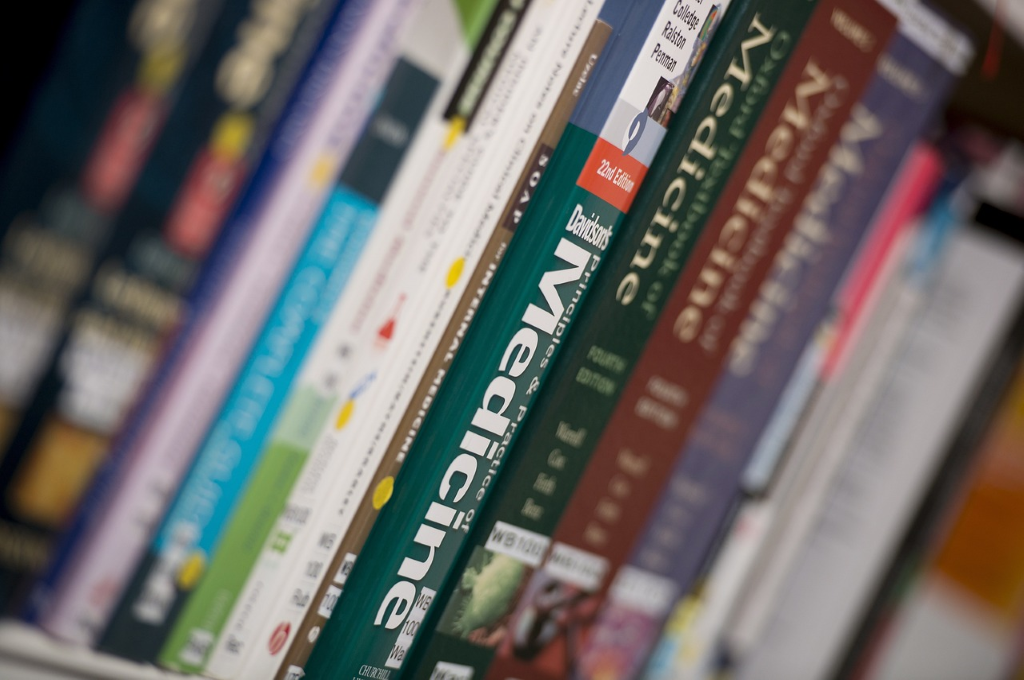 Member Login
Member Login

Is it possible to become a medical translator without a degree in medicine? Many graduates of translation studies ask questions such as how and where to get a specialisation in medicine; which area of medicine to choose; which genres to focus on; which clients to translate for; how to acquire such extensive knowledge so fast; what the best strategies are to do so, and so on. Currently in some countries, university study programmes of translation studies or linguistics offer courses of ESP (English for Specific Purposes) to help students learn medical terminology and get an overview of medical knowledge. In this article, I present approaches adopted by teachers in two diverse cultural environments, Poland and Australia.
An elective course of medical translation is offered to students of Specialised Translation at the Institute of Anthropocentric Linguistics and Culturology (IKLA) at the University of Warsaw. Students are taught medical knowledge in a systematic manner. They study anatomy and physiology, signs and symptoms of diseases, diagnosing a disease and its treatment related to the following body systems: cardiovascular, digestive, nervous, respiratory, urinary, and musculoskeletal. The texts are several pages long and important terms are bolded. The course at IKLA places some emphasis on the learning of associative relations with a view of helping students acquire a more comprehensive picture of the medical domain they are learning about.
Terminology is taught with a pattern-oriented linguistic approach (deduction of a meaning based on roots and affixes) rather than have the aim of students acquiring concept-specific knowledge. The thematic syllabus of the course includes the following areas, listed in chronological order: basic concepts of clinical medicine, laboratory work-up, infectious diseases, individual organ systems, and pharmacology.
A “translation syllabus” concentrates on the most common genres: medical records (discharge summaries), drug-related documents such as summary of product characteristics (SmPC) and patient information leaflet (PIL), and research articles. “Early in focus is on medical documentation which is linked to individual organ systems. The importance of using parallel texts in target language is emphasised throughout the course. The translation of research articles is undertaken towards the end of the course as such tasks require command of different phraseology than that associated with describing organ systems.” (Górnicz, 2013).
This section focuses on a course for final-year students in the Master of Arts in Japanese Interpreting and Translation at the University of Queensland. It is a weekly, two-hour class on medical translation during the second semester. Each week during a semester, the students are given essential knowledge of each body system. The first two weeks provide an introduction to medical translation, for example Latin and Greek terminology, differences between British and American English, medical abbreviations and symbols, euphemisms, phraseology, and so forth.
The body systems are presented weekly in the following order: cardiovascular system, gastrointestinal system, respiratory system, genitourinary system, musculoskeletal and skin system, endocrine, genetics and metabolics, nervous system and psychiatry, sensory organs, blood/lymphatics/oncology, pathology, radiology, pharmacy/nuclear medicine. At the beginning of the course, students are given a list of a wide range of reference sources and handouts, each 10 pages long containing essential knowledge related to different body systems. Using the handout, the students are supposed to translate the text on a topic of their choice as a weekly assignment.
To facilitate the learning of phraseology, the students get a list of Japanese expressions with an explanation of their meaning in English, which is followed by examples of synonyms, antonyms or collocations used in English medical literature. Using gap fill tasks is another example of enhancing the skills of a medical translator used on the course. At first stage, it can be presented as a multiple-choice task. Later, when students develop deeper knowledge, they can do it without any clues.
During the course, students will develop strategies for analysing terminology of Latin and Greek origin and for using bilingual and monolingual dictionaries in conjunction with other reference materials. They are also taught lay terms and scientific terms of organs, diseases, signs and symptoms, and so on.
References
Górnicz, M. (2013). Teaching medical translation to non-medical students – a case study with some theoretical insights. JAHR, Vol. 4, No. 7, pp. 129-144.
Wakabayashi, J. (1996). Teaching medical translation. Meta, Vol. 41, No. 3, pp. 356-365.